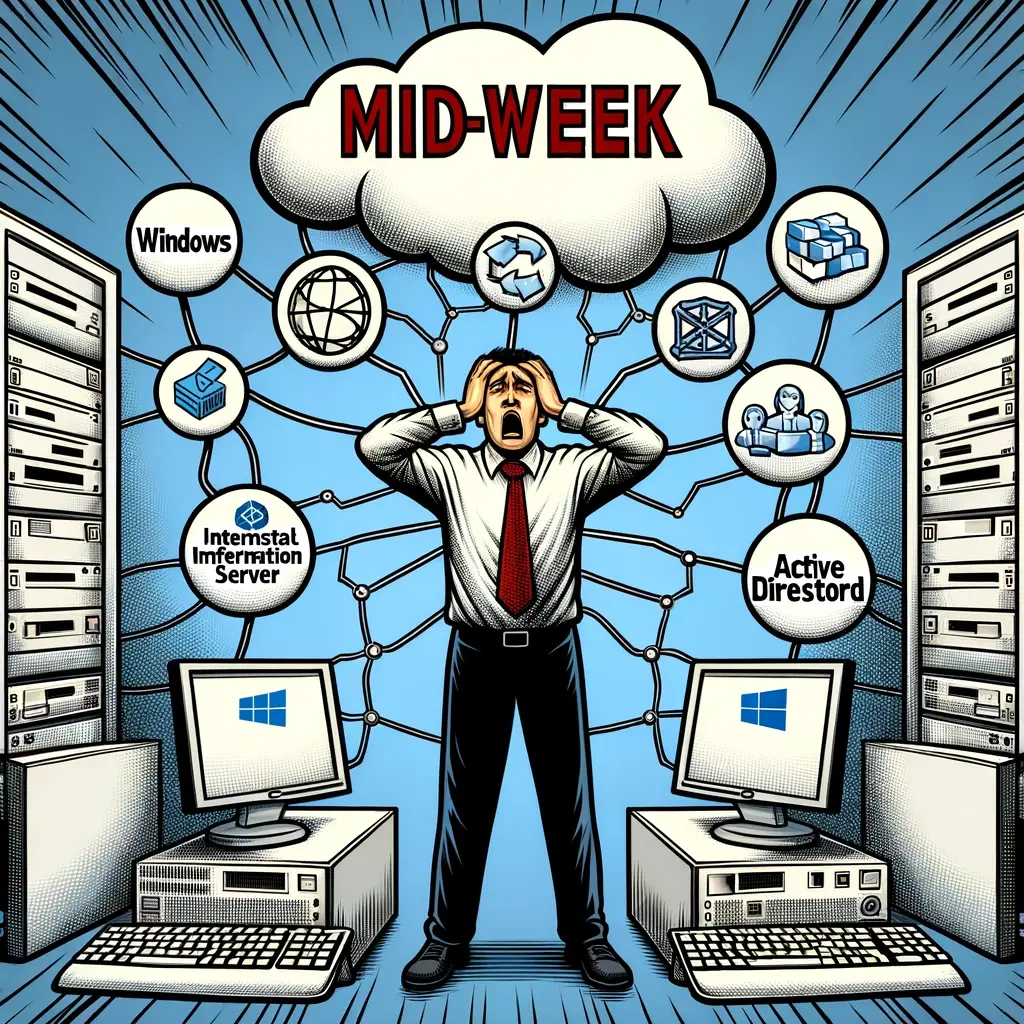Performing mid-week disaster recovery (DR) exercises for distributed Windows, SQL, IIS Server workloads has always been problematic for enterprises due to their inherent ties to Microsoft Active Directory (AD). It is even harder if the environment is running on cloud platforms where the changes to the environment could be done frequently with distributed development and cloud operations teams.

Let's delve into the reasons behind this challenge
1. Deep Integration with Active Directory
-
Windows systems rely heavily on Active Directory for authentication, authorization, and access control.
-
Any disruption to AD, even for DR testing purposes, can lead to widespread service outages, impacting user access and application functionality.
-
This tight integration necessitates detailed planning and careful execution of DR exercises to minimize disruptions and ensure a smooth failover.
2. Complex Dependencies
-
Windows and SQL Server environments typically involve complex dependencies between numerous components, including servers, applications, databases, and network infrastructure.
-
Successfully recovering these intricate dependencies during a DR exercise requires extensive testing and validation, making the process time-consuming and resource-intensive.
3. Performance Impact
-
Running DR exercises during peak business hours can significantly impact system performance, leading to degraded user experience and potential productivity losses.
-
This impact is particularly pronounced when testing large and complex environments.
4. Data Consistency Concerns
-
Maintaining data consistency across all dependent systems during a DR exercise is crucial to prevent data loss and ensure business continuity.
-
Achieving consistent data across AD, SQL Server databases, and other components requires sophisticated replication and synchronization mechanisms, further adding to the complexity of the DR process.
5. Resource Constraints
-
Conducting a mid-week DR exercise often requires dedicating significant resources, including personnel, time, and infrastructure.
-
This can be a significant burden for organizations, especially smaller businesses with limited resources.
6. Change Management Challenges
-
Frequent DR exercises can disrupt ongoing operations and require users to adapt to changes in the IT environment.
-
This can lead to user frustration and resistance to DR testing, making it difficult to maintain regular testing schedules.
Additional Factors
-
Network bandwidth limitations: Replicating large amounts of data during a DR exercise can strain network bandwidth, leading to performance bottlenecks.
-
Security risks: Performing DR exercises in a production environment can introduce security risks if not done carefully.
How does Appranix enable organizations to conduct midweek DR tests without affecting production?
Appranix enables organizations to run midweek DR tests for their environments with our innovative approach using our Dual-vault Cloud Time Machine with Recovery-as-Code. Appranix Cloud Resilience Copilot not only reduces the complexity but isolates the entire cloud environment recovery in a bubble so organizations can continue to run their production without any impact but also continue to protect the production environment data to the recovery region.
The following demo consists of a distributed windows environment running an eCommerce application with an Active Directory server managing a set of IIS servers and an SQL Server. The environment is running on the AWS US-west region. The demo shows how one can recover the entire environment with all the application cloud infrastructure dependencies can be quickly recovered across to the AWS US-east region with a single-click and test comfortably knowing that the production environment is still running. You don’t even need an application developer to run through these tests, saving a tremendous amount of time and resources. But, more importantly, when these DR tests are run confidently without having an impact and with minimum resources and time, more tests could be done automatically, thereby increasing the resilience and confidence for the entire organization.
